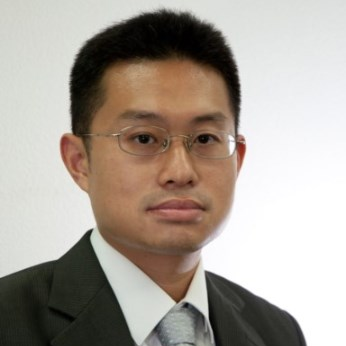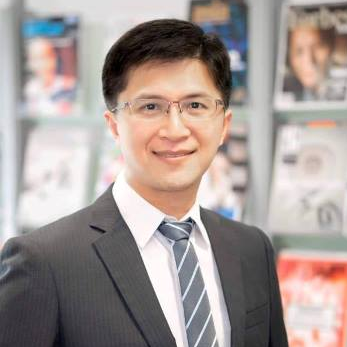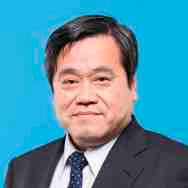Nanophotonics Pioneer: Prof. Dr. Dieter Bimberg ‘Green Photonics Networks: From VCSELs to Nanophotonics’
A special issue of Photonics (ISSN 2304-6732).
Deadline for manuscript submissions: closed (31 January 2023) | Viewed by 32652

Special Issue Editors
Interests: high-brightness/high-speed VCSEL array for 3D sensing; high-speed VCSELs for data communications; high-speed III-nitride LEDs for VLC and POF communications; high-speed photodiode/avalanche photodiode for fiber communications, high-speed/high-power photodiode for THz applications
Special Issues, Collections and Topics in MDPI journals
Interests: surface plasmon polariton nanolasers; perovskite lasers; microcavity polariton lasers; photonic crystal surface emitting lasers; GaN-based VCSELs
Special Issue Information
Dear Colleagues,
We would like to celebrate Prof. Bimberg’s 80th birthday on 10 July 2022 through the publication of this Special Issue. Prof. Bimberg is one of the great pioneers in the field of nanophotonics, having contributed decisively over many decades to the nanomaterials and nanophotonics community. He is an inspiration for those who are just beginning their professional association with these fields as well as for present researchers. His work represents remarkable discoveries on their growth and the physics behind nanostructures. Based on these fundamental discoveries, he has developed many novel concepts for photonic and electronic devices, including high-speed QD- and QW-based VCSELs that are significantly improving the energy efficiency of data communication.
The market of data communication is booming. Compared with the traditional telecommunication market, the required link distances of less than 2 km are much shorter here, and data at the highest bit rates can be transmitted across fibers without serious limitations through chromatic dispersion or propagation loss. In these applications, the major concern regarding transmitters is their electrical-to-optical conversion loss under high-speed operation. In 2011, Prof. Bimberg and his research team world were the first to demonstrate that VCSEL can have an extremely low energy-to-data ratio (50 fJ/bit) for data communication. This unprecedented breakthrough prompted the resurgence of the concept of VCSELs emitting in the near infrared.
Further, high-power VCSELs and tunable VCSELs are emerging as killer applications for sensing, such as structured light and time-of-flight lidar and optical coherence tomography (OCT). Due to the small cavity length and distributed Bragg reflectors, VCSELs exhibit much smaller wavelength drifts upon temperature variations. Compared with their edge-emitting counterparts, VCSELs can be tested on wafer and can be directly integrated with driver circuits or external cavity MEMS mirrors in a vertical direction for wideband (>100 nm) and mode-hop free continuous wavelength sweeping.
The purpose of this Special Issue is to highlight recent progress on VCSELs and their integration with nanophotonic structures and drivers. Original research articles and reviews are welcome. Research areas may include (but are not limited to) the following:
- High-speed VCSELs for data communication;
- High-power and high-speed VCSELs (arrays) for sensing and optical wireless communication;
- Tunable VCSELs;
- Blue/UV VCSELs;
- SWIR/MWIR VCSELs;
- QD VCSELs;
- Integration with nanophotonic structures;
- Driver integration.
We look forward to receiving your contributions.
Prof. Dr. Jin-wei Shi
Prof. Dr. Tien-Chang Lu
Prof. Dr. Fumio Koyama
Guest Editors
Manuscript Submission Information
Manuscripts should be submitted online at www.mdpi.com by registering and logging in to this website. Once you are registered, click here to go to the submission form. Manuscripts can be submitted until the deadline. All submissions that pass pre-check are peer-reviewed. Accepted papers will be published continuously in the journal (as soon as accepted) and will be listed together on the special issue website. Research articles, review articles as well as short communications are invited. For planned papers, a title and short abstract (about 100 words) can be sent to the Editorial Office for announcement on this website.
Submitted manuscripts should not have been published previously, nor be under consideration for publication elsewhere (except conference proceedings papers). All manuscripts are thoroughly refereed through a single-blind peer-review process. A guide for authors and other relevant information for submission of manuscripts is available on the Instructions for Authors page. Photonics is an international peer-reviewed open access monthly journal published by MDPI.
Please visit the Instructions for Authors page before submitting a manuscript. The Article Processing Charge (APC) for publication in this open access journal is 2400 CHF (Swiss Francs). Submitted papers should be well formatted and use good English. Authors may use MDPI's English editing service prior to publication or during author revisions.
Keywords
- high-speed VCSELs
- high-power VCSELs
- tunable VCSELs
- blue/UV VCSELs
- SWIR/MWIR VCSELs
- integration with drivers and nanophotonics
-
nanophotonic materials and devices
-
QD-lasers and amplifiers







